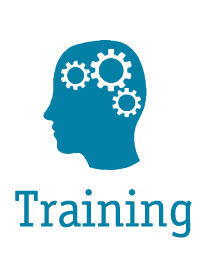At the annual Organizational Board meeting on January 29, 2016, the Applied Technology Council (ATC) Board of Directors elected officers for the Year 2016. Ms. Victoria Arbitrio of Gilsanz Murray Steficek LLP, New York City, New York, was elected President. During her five years on the Board, Vickie has served as Secretary-Treasurer, Vice President, and on numerous ATC Board Committees. Succeeding Vickie as Vice President is Mr. Michael D. Engelhardt of the University of Texas at Austin, Austin, Texas. Mr. William Staehlin, Consulting Structural Engineer in Truckee, California, was elected Secretary-Treasurer for a second term.
Meeting dates and locations for the 2016-2017 Board meetings are set as follows:
- May 7, 2016: Atlanta, Georgia (preceded by a tour of Mercedes-Benz Stadium – home of the Atlanta Falcons)
- July 30, 2016: To be determined
- October 15, 2016: Maui, Hawaii (in conjunction with the SEAOC Annual Convention to be held October 12-15)
- January 28, 2017: San Francisco Bay Area, West Coast (Annual and Organizational Meetings)
ATC Board members are appointed for three-year terms, and some Board members serve more than one term. In addition to the above-cited officers, the ATC Board consists of James A. Amundson, Past President, Hope-Amundson Engineering, San Diego, California; Leighton Cochran, Leighton Cochran Consulting, Queensland, Australia; Anthony B. Court, A. B. Court & Associates, San Diego, California; Kurtis R. Gurley, University of Florida Department of Civil and Coastal Engineering, Gainesville, Florida; Erleen Hatfield, Buro Happold, New York, New York; Doug Hohbach, Hohbach-Lewin, Inc., Palo Alto, California; Andrew B. Kennedy, University of Notre Dame College of Engineering, Notre Dame, Indiana; Roberto T. Leon, Virginia Tech, Blacksburg, Virginia; James O. Malley, Degenkolb Engineers, San Francisco, California; Robert Paullus Jr., Paullus Structural Consultants, Olive Branch, Mississippi; Williston (Bill) L. Warren, IV, SESOL Inc., Newport Beach, California; Kent Yu, SEFT Consulting Group, Beaverton, Oregon





























